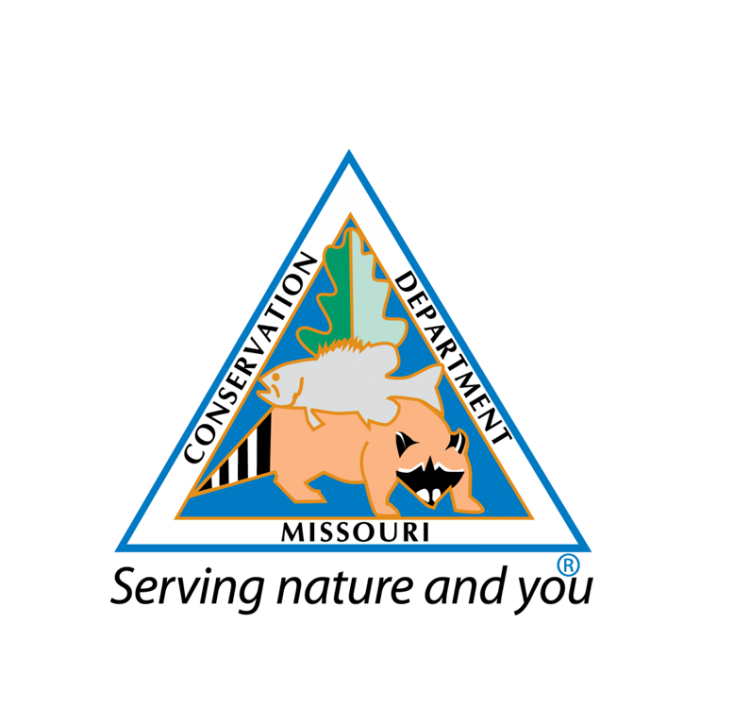Barrier 5: Policies, practices, legal authorities, and funding restrictions limit an agency’s ability to serve broader constituencies
There are differences in the scope of management authority for fish and wildlife among states and provinces. Some fish and wildlife agencies lack authority over plants, insects, marine species, or other taxa. Many agencies enter into agreements with the U.S. Fish and Wildlife Service under the Endangered Species Act and/or administer state listing statutes that do not always overlap with the federal Endangered Species Act list. Agency policies and practices may also place limitations on how certain funding sources are used which can affect how the agency is perceived by broader constituencies.
Strategy 1: Modify policies, practices, legal authorities, and funding restrictions to better serve broader constituencies.
To serve broader constituencies, an agency may need to modify certain policies, practices, or legal authorities. These modifications may require changes to a statute by a legislature, policy by a commission/board/council, or require a directive by an agency leader. These changes could play an important role in demonstrating that an agency is comprehensive in its focus and jurisdiction and able to serve all members of the public.
Step 1: Examine existing policies, practices, legal authorities, and funding restrictions and the reasons behind their limits.
Tactic 1: Review policies, practices, legal authorities, and funding restrictions and their purpose and identify gaps or barriers that inhibit broader engagement.
A thorough review of informal and formal policies, practices, legal authorities and funding restrictions will help an agency identify where there are opportunities to make changes that would enhance engagement with, and service to, broader constituencies. During the review, it is important to identify why a policy, practice, legal authority, or funding restriction is in place. For policies, practices, legal authorities, or funding restrictions that have been in place for a long time, this may be difficult to determine. An agency may want to interview long-serving staff, retirees, partner organizations and others with historical or institutional knowledge of the agency.
Tactic 2: Consult with peers in other state or provincial agencies and other organizations to gain insight into how policies, practices, legal authorities, and funding restrictions affect broader engagement.
Because policies, practices, legal authorities, and funding restrictions vary among fish and wildlife agencies, it would be prudent to consult with peers from other states or provinces and other organizations to understand the benefits and potential risks to making changes.
Step 2: Identify changes or modifications to legal authorities, policies, practices, and funding restrictions necessary to serve the needs of broader constituencies.
Tactic 1: Assemble a team including representatives of broader constituencies to develop recommendations and rationale to modify policies, practices, legal authorities, and funding restrictions.
Making changes to informal and formal policies, practices, legal authorities, and funding restrictions could be controversial. Working with broad constituencies and key supporters would help ensure that any recommended changes are done transparently and not create conflict or alienate existing or potential partners. An agency leader may want to inform or involve executive-level leaders and/or key legislators early in the process.
Political and legal constraints success story: open house
The Missouri Department of Conservation hosts open houses to inform the public and offer an opportunity for input on changes to policies and regulations.
Step 3: Identify and understand the consequences of modifying policies, practices, legal authorities, and funding restrictions necessary to serve the needs of broader constituencies.
Tactic 1: Conduct a transparent analysis to identify benefits, risks, challenges, and operational effects of the recommendations.
Identification of the potential benefits, risks, challenges, and impacts to the operation of an agency is critical. Potential positive and negative consequences should be fully assessed in an open and transparent manner.
Step 4: Develop and implement strategies to modify policies, practices, legal authorities, and funding restrictions.
Tactic 1: Identify changes that can/should be pursued.
Once the risks and benefits of potential changes are identified, the changes that have sufficient support and are most likely to be achieved should be identified. The timing for some changes may not be right or resistance could be too strong for other changes. The list of potential changes should be periodically reviewed. Model statutory language or preferred policies and practices may be available or could be developed by the Association of Fish and Wildlife Agencies, state sportsmen’s caucuses or other entities.
Tactic 2: Develop timeline and identify the steps required to pursue changes.
Once it is decided what changes can or should be pursued, then a timeline and process should be developed. Changes that require legislative action could take multiple legislative cycles so it is important to plan work around the legislative calendar and involve agency staff that can make a long-term commitment to the process.
Tactic 3: Develop and implement a strategy to execute the changes.
A team that includes representatives from interested constituencies or at least involves their input should be organized to develop a strategy to implement the changes. Broader constituencies can share the work of developing and implementing the strategy, communicating the benefits changes will bring, and addressing conflict.
Tactic 4: Monitor and evaluate implementation of the strategy.
Upon implementation, the strategy should be monitored and routinely evaluated to determine whether it was successful and, if not, why. The strategy may need to be revised or adapted to meet changing conditions. Successes and failures should be shared with peers within and out-of-state/province.
© Texas Parks & Wildlife Department
Texas Parks & Wildlife Departments’ “Lone Star Land Steward” award winners visit legislators at the Texas state capitol to examine conservation policies. An agency may need to modify policies at the legislative level to serve broader constituencies.


